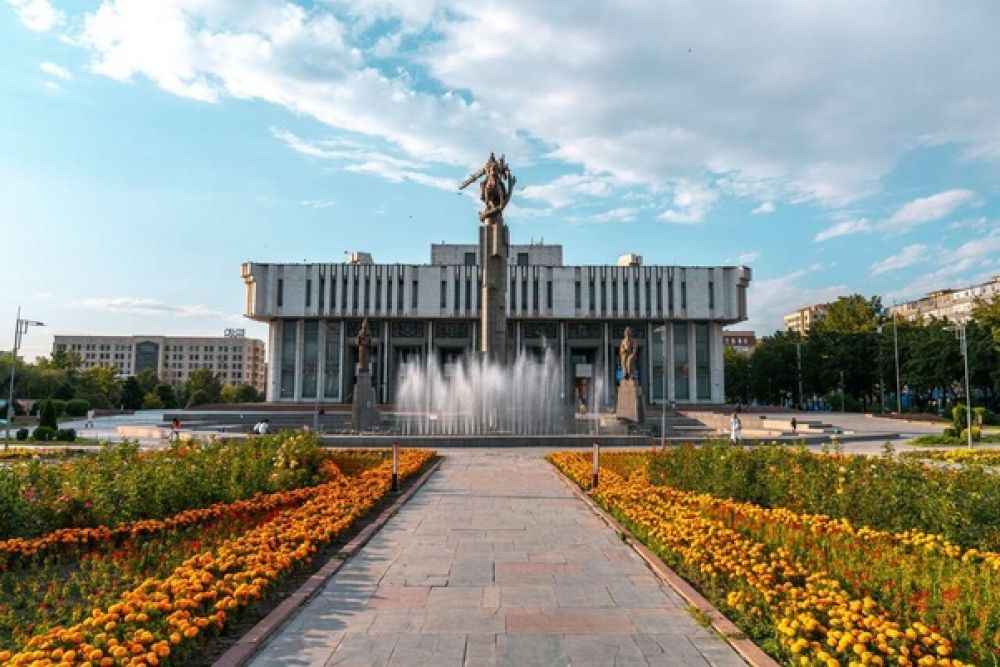

The history of tourism in Bishself.deviceslazyLoading.replaceTextToken(kek, the capital and the largest city of Kyrgyzstan, is relatively young compared to many other global destinations. Historically a caravan rest stop on the Silk Road, it has gradually developed into a point of interest for tourists seeking adventure and cultural experiences in Central Asia.
During the Soviet era, Bishkek, formerly known as Frunze, was not a significant tourist destination for international travelers due to travel restrictions imposed by the Soviet government. However, it welcomed a number of visitors from within the Soviet Union, particularly those interested in the region's natural beauty, unique culture, and health retreats such as the nearby Issyk-Kul Lake.
After gaining independence in 1991, Kyrgyzstan began to develop its tourism industry more aggressively. Bishkek became the gateway to discover the country's vast, untouched natural landscapes, including soaring mountains, pristine lakes, and sweeping valleys. The city itself boasts a number of attractions like the Ala-Too Square, the State History Museum, and the Osh Bazaar, offering insights into the region's culture and history.
In recent years, Bishkek has been working toward improving its infrastructure to welcome more visitors. Investments in transportation, accommodation options, and English-language services have made the city more accessible to international tourists.
Eco-Tourism: There is a growing trend towards eco-tourism, with visitors seeking to explore Kyrgyzstan's natural parks and wildlife while minimizing their environmental impact.
Community-Based Tourism: Community-based tourism initiatives have been developed to provide authentic experiences for visitors looking to understand local traditions and ways of life.
Adventure Tourism: Bishkek is becoming a hub for adventure tourism in Central Asia, attracting travelers who are interested in trekking, mountaineering, horseback riding, and winter sports.
The rise of the digital nomad and the increasing popularity of locations that offer visa-free entry or e-Visas, like Kyrgyzstan, have positioned Bishkek as an up-and-coming spot for long-term travelers. However, the country still faces challenges such as the need for further development in rural areas and more robust promotion internationally.
The city continues to embrace the growth of tourism with enthusiasm, planning for more sustainable practices and infrastructure to support a steady increase in visitor numbers. With its rich cultural heritage, expanding marketplaces, and its proximity to some of the most striking landscapes in the world, Bishkek is poised to carve out a unique niche in the global tourism scene.
In conclusion, while Bishkek's tourism history may not be as longstanding as other destinations, its potential is immense, and its tourism industry continues to evolve, adapt, and expand, promising a bright future for travelers and residents alike.